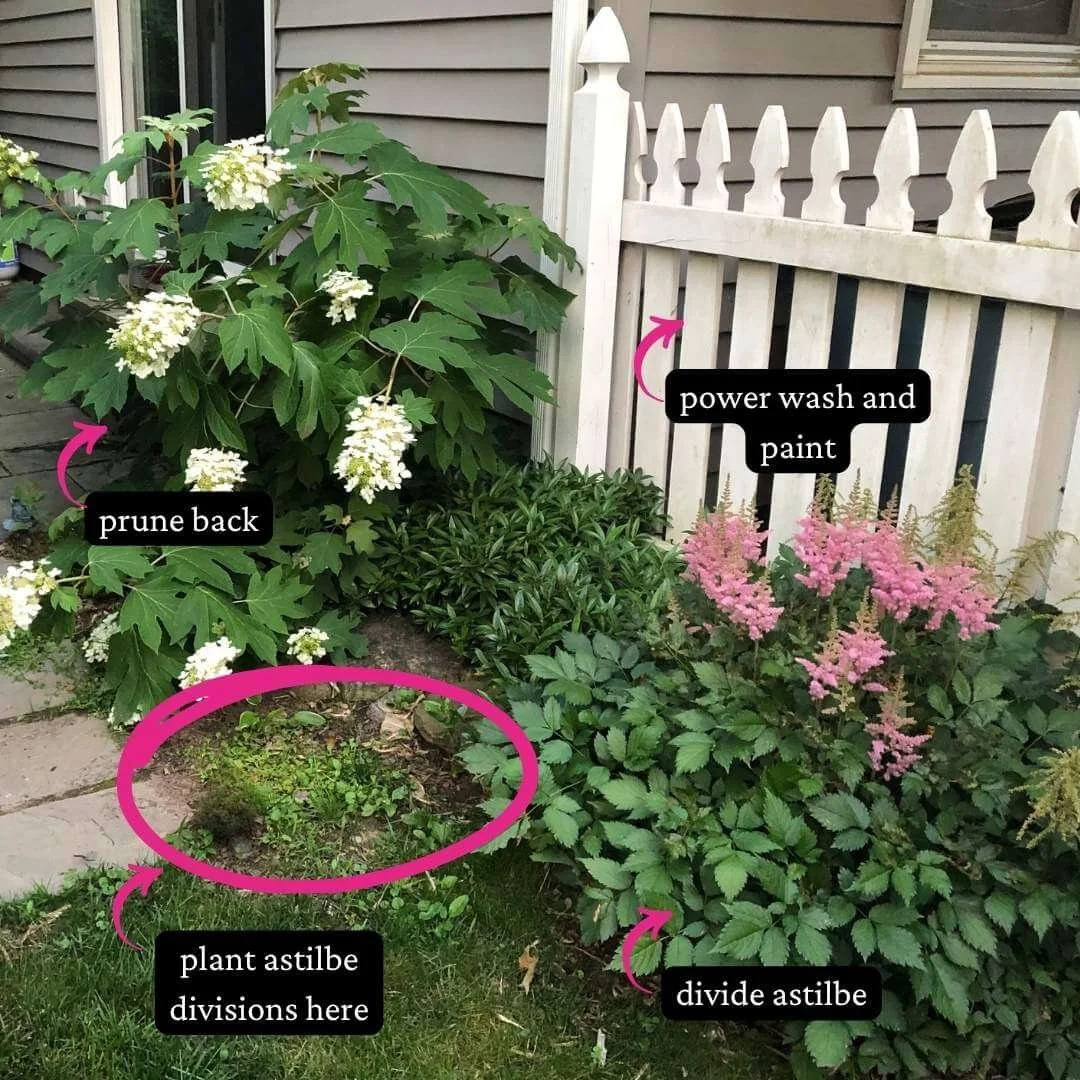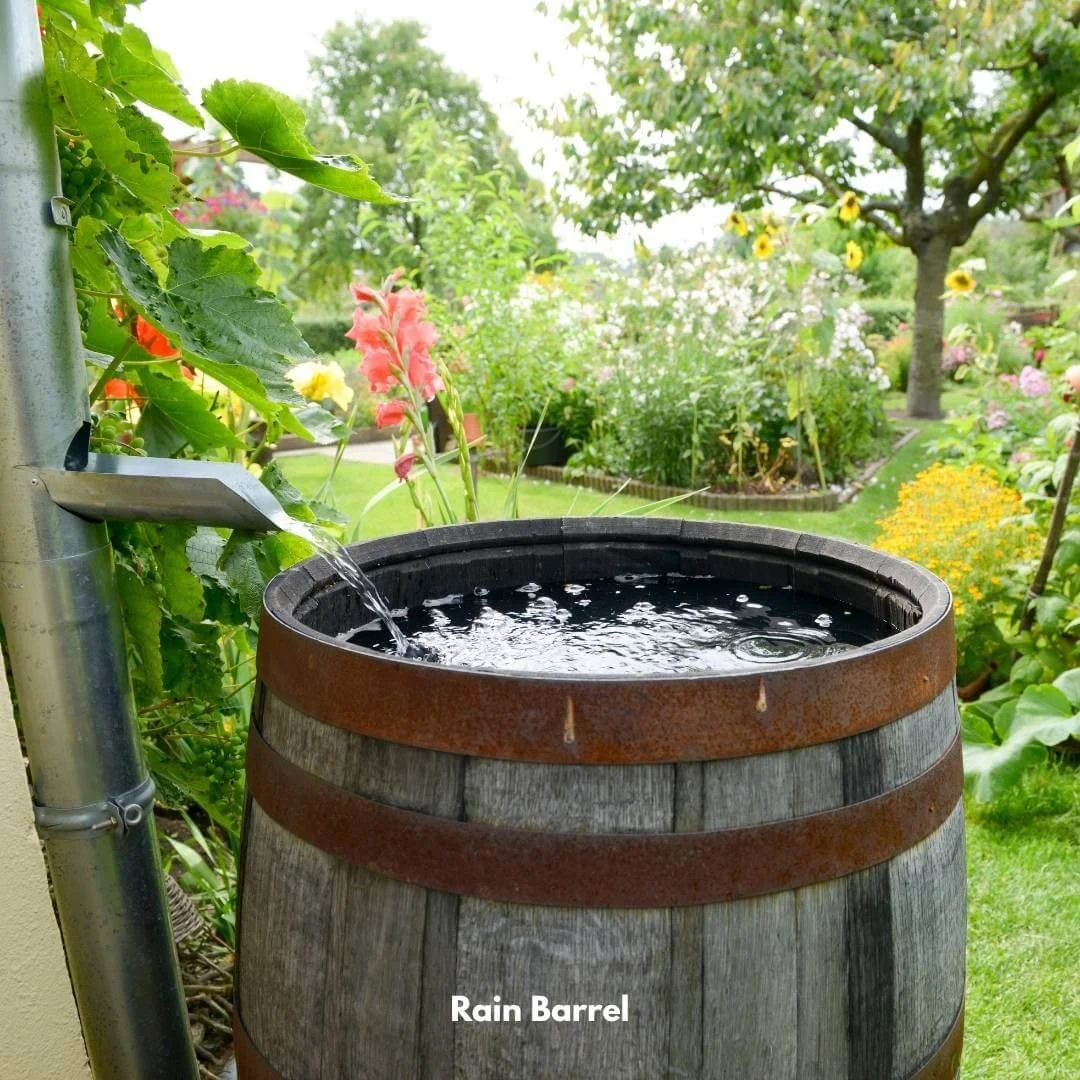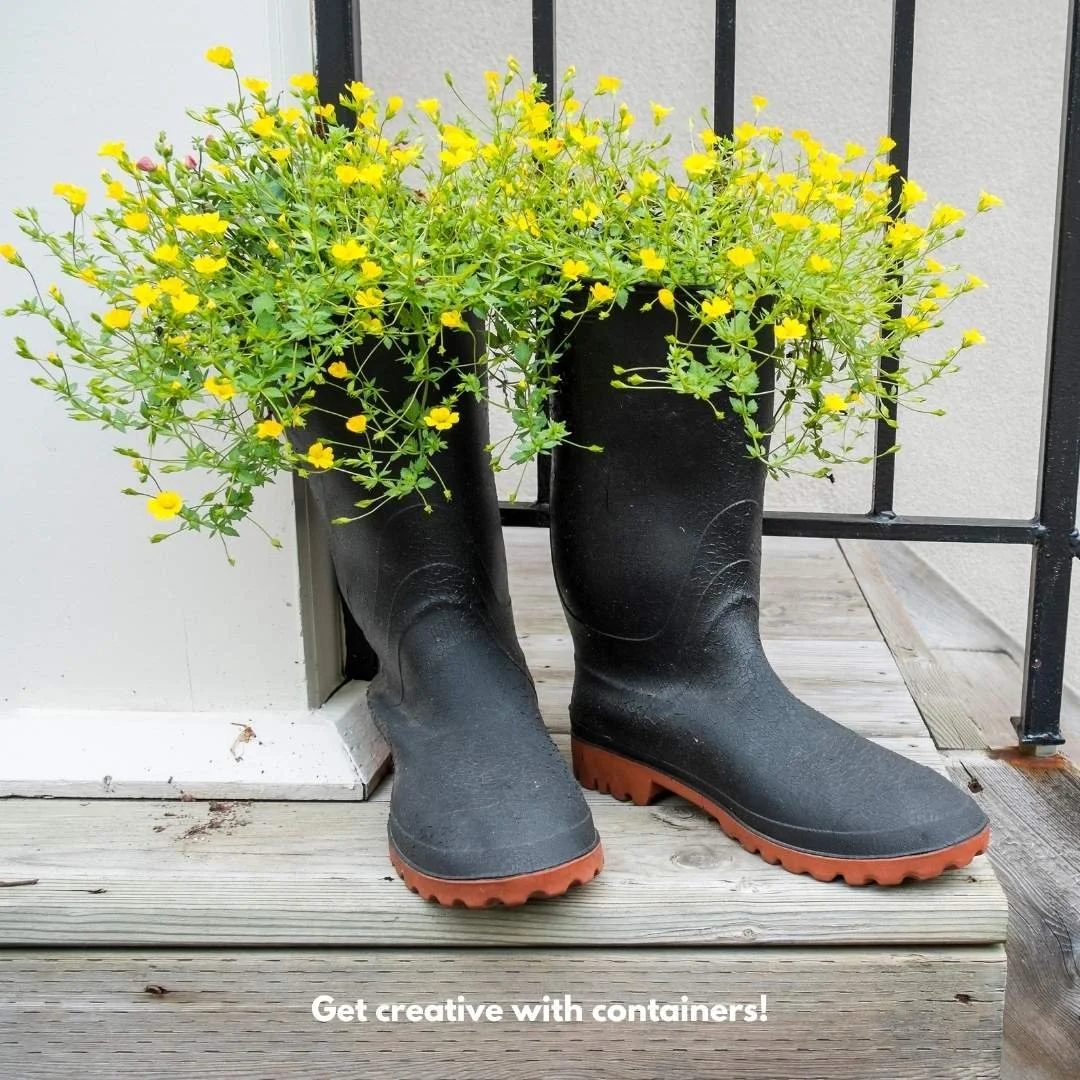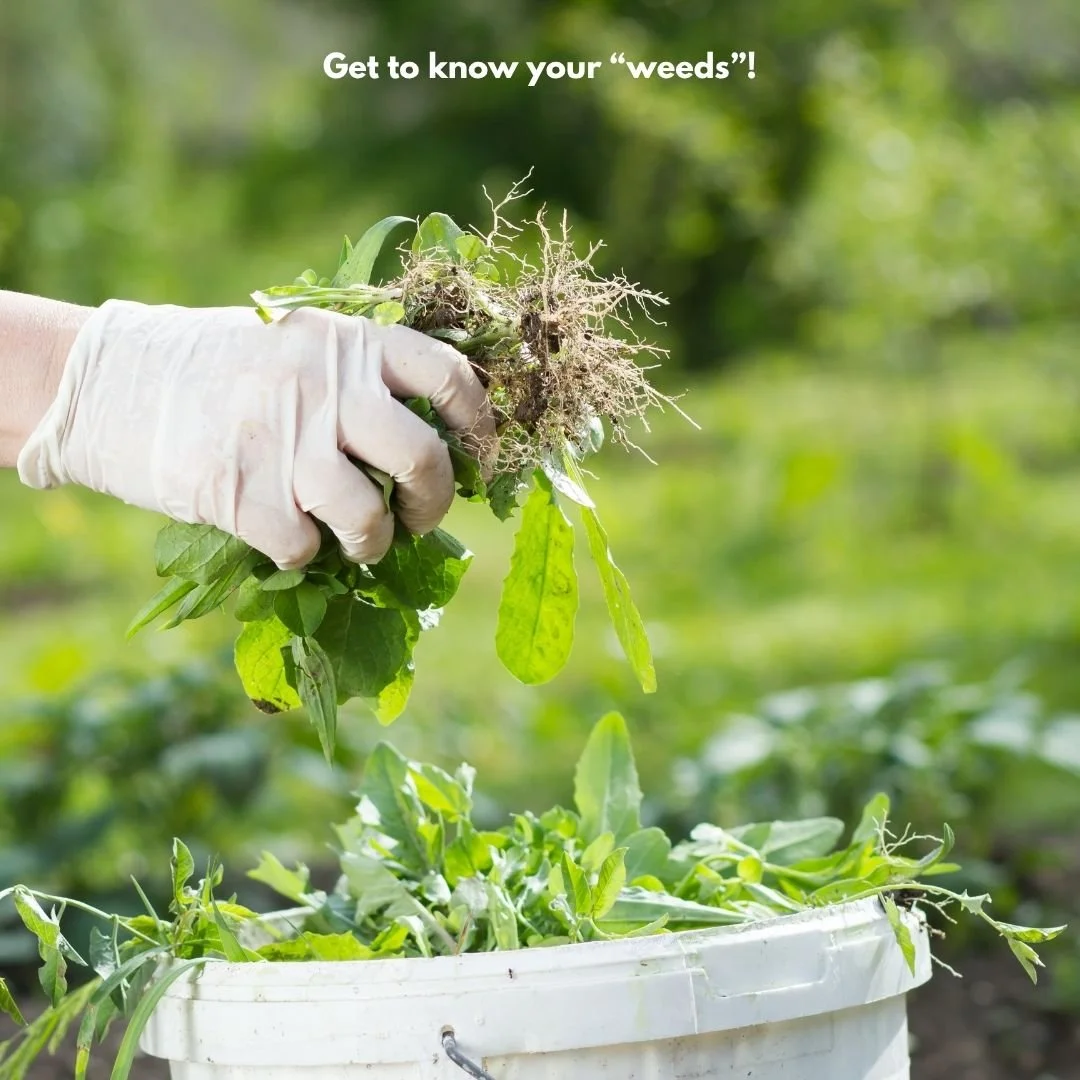10 Underconsumption Core Gardening Tips and Tricks
Embrace the Underconsumption Core Meaning and Learn How to Do More with Less in the Garden
Gardening, often perceived as an expensive hobby, doesn't have to drain your wallet. Embracing the "underconsumption core" philosophy can transform your garden into a thriving sanctuary without overspending.
This trend, popularized on platforms like TikTok, promotes mindful spending and resourcefulness. By focusing on the essentials and making the most of what you have, you can cultivate a stunning garden without splurging on pricey tools and plants.
In this article, we delve into the underconsumption core meaning and explore 10 practical tips to help you achieve a beautiful, budget-friendly garden. Read on to discover how this viral trend can revolutionize your gardening approach!
1. Maximize What You Already Have
Applying underconsumption core to your garden starts with a fresh evaluation of what you already have. Many gardens are overgrown and just need editing, reorganizing, and removing - not adding plants and buying more.
Take a hard look at your garden's current state, and you might be surprised by the untapped potential. These simple steps can breathe new life into your garden, demonstrating the true underconsumption core meaning by maximizing what you already own:
Identify: Take a moment to identify all of the trees, shrubs and perennials growing in your garden and yard. This important first step will help you understand what you already have and how best to care for it. To make this task easier, use the visual “look up” function on the iPhone, or apps like PlantNet or iNaturalist.
Remove: You don't always need to add more plants to make your garden look nice. Don’t be afraid to edit by removing overgrown or mismatched plants to revitalize the garden and create a more streamlined appearance.
Prune: The proper pruning of trees and shrubs will revitalize plants and improve their appearance.
Divide: Divide perennials and plant the divisions in areas that need a boost of color and vibrancy.
Relocate: Small trees and shrubs may be dug up, moved and transplanted to more suitable areas.
Weed: Yes, weeding is everyone’s least favorite activity 🙄. But it’s so worth the effort! A weed-free garden is an orderly and aesthetically pleasing space where your chosen plants can truly shine (see #8 on this list for help figuring out if your weeds are actually plants you want to keep!).
Health: Improve the health of your existing plants by staying on top of their watering needs and adding compost or leaf mold to the soil. These simple actions will lead to healthier plants with lush, vibrant foliage and increased flowering (read on to #5 for more info about compost and leaf mold).
Wash: Power washing sheds, patios, walkways and fences can freshen up the appearance of your outdoor space without the need for expensive upgrades.
Paint: A fresh coat of paint on fences, sheds, and patio furniture can work wonders. Chain link fences will virtually disappear into the landscape when painted a flat black color.
2. Seeds
Growing plants from seed aligns with the underconsumption core trend by offering an inexpensive and sustainable alternative to live container-grown plants. For example, a packet of black-eyed Susan seeds costs less than $5 and can be expected to yield dozens of plants, while one live container-grown black-eyed Susan from the nursery costs $12-25 dollars. Seeds also bypass the need for plastic nursery containers and reduce plastic consumption.
You can gather seeds each year from your current plants, and use them either to grow more plants for your garden or to trade with fellow gardeners. Seed exchanges like SeedSavers.org offer the chance to swap seeds, and seed libraries give away free or low-cost seeds.
Growing plants from seed will require some extra groundwork. There is a wealth of information on the front and back of the seed packet to make planning easier. Not all plants are easy to grow from seed, so you may want to stick with some of the easier ones:
Beardtongue (Penstemon)
Blanketflower (Gaillardia)
Catmint (Nepeta)
Coneflower (Echinacea)
Dahlia (Dahlia pinnata)
Hyssop (Agastache)
Ice plant (Delosperma)
Marigold (Tagetes)
Milkweed (Asclepias)
Nasturtium (Tropaeolum)
Pinks (Dianthus)
Primrose (Primula)
Purpletop vervain (Verbena bonariensis)
Sunflower (Helianthus)
Sweet alyssum (Lobularia maritima)
Tickseed (Coreopsis)
Yarrow (Achillea)
Zinnia (Zinnia elegans)
3. Propagate
Learning how to propagate plants is handy skill for any gardener interested in embracing the underconsumption core trend. Plant propagation is simply the act of creating a new plant from an existing one.
Cuttings, divisions, and layering are the most popular propagation techniques used by gardeners. By mastering these techniques, you can make lots of new plants for your garden.
Cuttings: This technique involves taking a section of a stem, leaf, or root from the parent plant and placing it in a suitable growing medium to encourage root development. The cutting, once rooted, will grow into a new plant genetically identical to the parent.
Divisions: This method, typically used for perennials, creates new plants by separating an existing plant into multiple sections, each with its own roots and shoots. The plant is carefully dug up and its root ball is split into smaller parts using a sharp knife or spade. Each section is replanted in a new location and grows into a whole new plant..
Layering: This method involves bending a low-growing branch down to the ground and covering it partially with soil while leaving the tip exposed. The buried portion of the branch eventually develops roots, and once established, the new plant can be separated from the parent and transplanted to a new location. Layering is particularly effective for shrubs and vines with flexible stems.
4. Collect Rainwater
Watering your garden is a never-ending task, but if you're aiming to practice the underconsumption core trend, collecting rainwater offers a sustainable and cost-effective solution. By capturing rainwater, you reduce your reliance on municipal water supplies and make the most of a natural resource.
Rainwater is pure and does not contain any added chlorine, fluoride or chemicals. Be aware, however, that rainwater picks up various contaminants as it runs across a roof - anything from bird droppings to bacteria and moss - and it’s not meant for consumption. To keep the water inside your rain barrel from getting stagnant and stinky, empty the barrel frequently and scrub out as needed.
There are several types of rainwater collection devices you can use, including rain barrels, which are easy to set up under downspouts; rain chains, which direct water from gutters into collection containers; and cisterns, which are larger tanks for holding significant amounts of rainwater. Rain barrels are an easy DIY project, and some local governments and charities may also have free or reduced-cost rain barrels available.
Ensure that all containers have tight-fitting lids or mesh covers to prevent mosquitoes from laying eggs, and consider using Mosquito Dunks® to help control any potential mosquito egg development. Mosquito Dunks® slowly release a bacteria that is toxic to mosquito larvae, yet safe for humans, pets and fish.
Image credit @schulzie via Canva.com
5. Make Compost and Leaf Mold
Compost and leaf mold are excellent ways to enrich and improve your garden soil and they are both free and easy to make! With just a bit of effort and creativity, you can produce these valuable soil amendments right in your own backyard. You will not only enhance the health and fertility of your soil but also reduce the amount of waste that would otherwise end up in the landfill.
Compost is a mix of decayed plants, food scraps, and other organic materials. You don’t need a fancy bin to make compost - just a simple pile placed in a corner of your garden or a homemade frame can do the trick. As the organic materials break down, they transform into dark and crumbly compost that can be spread around your garden beds and mixed into the top few inches of soil.
Leaf mold, another valuable addition to your garden, is made by allowing fallen leaves to decompose over time, similar to what happens on the forest floor. Unlike compost, which requires a mix of green and brown materials, leaf mold is purely made from leaves which break down into a spongy, nutrient-rich material.
You don't need a bin to create leaf mold; just pile leaves in a corner of your yard and let them sit until they break down naturally (this process usually takes about 6-12 months). Then, simply scatter the leaf mold evenly over the soil as a mulch or mix it into the top layer of soil.
By making your own compost and leaf mold, you’re leveraging free resources to boost your garden’s health, further supporting the underconsumption core philosophy of sustainability and resourcefulness!
6. Creative Containers
Instead of making an annual trip to the nursery to buy new pots and planters filled with annuals, think outside the box! Get creative and look for items to repurpose as garden containers, then fill them with perennials and small shrubs that will return year after year.
Look around your home, basement, garage and attic. Or, visit thrift stores and garage sales to find items that can be reused as pots and planters. An old watering can, a teapot missing its lid, even a forgotten ceramic vase can be reimagined as a charming planter. Look for materials that you can easily drill into to create drainage holes in the bottom - proper drainage is a must to keep your plants happy and healthy! Avoid using glass or other materials that are difficult or unsafe to drill into.
Instead of relying on annuals to decorate your containers, use perennials and small shrubs. Annuals don’t exactly adhere to the underconsumption core meaning - they are water and fertilizer intense plants, and need to be repurchased year after year. Perennials and shrubs can grow in the same container happily for years, offering a smart way to stretch your gardening dollar.
To ensure winter survival, choose plants that are at least 2 gardening zones hardier than yours. For example, if you live in zone 8, choose plants hardy to zone 6 and below. Also, keep in mind that plants in containers are high maintenance - they dry out quickly and require frequent watering, even daily watering depending on the weather!
You can also use clipping from your favorite houseplants! They will be happy spending the summer outdoors, just be sure to bring them back inside before temperatures drop. Overwinter indoors and be return them to their outdoor home when temperatures warm back up again. Most houseplants are tropical or desert plants, and don’t like temperatures below 55° F.
Image credit @Chayacat via Canva.com
7. Get Social!
Gardeners, in general, are a friendly and generous bunch, often eager to talk shop, share plant divisions, and lend tools. By building relationships with the fellow gardeners in your neighborhood, you will gain access to a variety of plants and tools to share. Beyond your neighborhood, many areas have different garden clubs, native plant societies, and volunteer opportunities where you can connect with fellow gardeners, trade plants, and get inspired!
Keep an eye on social media sites like Nextdoor and Craig’s List for free or low-cost plants and equipment. Gardeners will post offers for free divisions of their plants, and sometimes even give away items they no longer need. Join online gardening groups to stay informed about local plant swaps and events where you can score some free or low-cost plants and gardening supplies.
To further reduce your consumption and spending, find out if your area has a local tool library or garden tool share program where you can borrow equipment you might only use occasionally. Hardware stores and big box centers also rent out larger items like chain saws, spreaders, and tillers.
8. Get to Know Your “Weeds”
It’s easy to fall into a trance when you weed, mindlessly pulling out anything growing where it doesn’t belong. But wait…take a close look at what you are pulling out! It may be a volunteer.
A volunteer is a desirable plant that grows on its own, without being intentionally planted. Volunteers can come into your yard in many different ways. Sometimes they are the product of seeds carried in by squirrels and birds, or they can be the offspring of the trees and shrubs you already have growing in your yard. Volunteers can come via seeds spread by the wind, or from the seeds of annuals, perennials and vegetables that previously grew in your garden.
These volunteers are a gift from nature, however not all volunteer plants are desirable! It’s up to you to decide which can stay and which should go. You can move your volunteers, if desired, by gently digging around the seedling to lift it out of the soil with minimal disturbance to the roots. Plant it in a new spot, with the appropriate amount of light, and be sure to keep it well-watered until it takes root and begins to grow.
It can be a very rewarding experience to witness and nurture a plant's development from its earliest stages to full maturity!
Image credit @SimonKadula via Canva.com
9. Plant a Shade Tree
Strategically planting a shade tree can lead to underconsumption of a different sort….a significant reduction of the energy needed to cool or heat your home (and lower power bills!).
A deciduous shade tree planted on the south or southwest side of the house will block the hot afternoon sun and provide a natural cooling effect. This can lead to a noticeable drop in energy bills - some studies show savings of up to 12% on summer power bills. Keep in mind the energy savings will be small at first, but as the tree grows and its canopy expands the amount of savings will increase.
Medium-sized deciduous trees will provide enough shade to cool down your home - try to avoid planting trees over 60 feet tall close to your house. Good candidates in the medium sized, 30-50 foot high range include the red maple (Acer rubrum), American linden (Tilia americana), and river birch (Betula nigra).
A row of dense evergreens planted on the north or northwest side of a home creates a windbreak, blocking cold winter winds and reducing heating bills. Junipers (Juniperus species), arborvitae (Thuja species), and large hollies (Ilex species) are all great choices for shielding your home and helping to cut down on winter power consumption.
Many utility companies and government agencies offer free trees to encourage energy conservation. Check with your power company and local or state government to see if there are any free tree programs for you to take advantage of. Don’t plant a tree underneath power lines, sewer lines, or too close to the foundation of your home - this can cause more problems in the long run.
Red Maple Tree
10. Enjoy
Take a deep breath, head out to your garden with a cup of tea, and simply enjoy the space you've cultivated. A garden is a dynamic place, always in flux. The light shifts hourly, the weather alters, flowers give way to berries, and seasonal changes bring in new color palettes.
Different types of wildlife visit at different times of the year, and plants continuously grow and mature. By immersing yourself in these natural rhythms, you can find a deep sense of satisfaction and wonder in what you already have, while reducing the impulse to acquire more.
As the saying goes, stop and smell the roses! When you appreciate what you have, you will become more attuned to your garden's needs and nuances. You'll notice when your plants need watering, you will see the new growth encouraged by a fresh layer of compost, and you will learn to observe and appreciate the diversity of insects visiting your flowers.
Leaf shapes, colors, and textures will begin to stand out. This mindful engagement with your garden fosters a deeper connection to nature. When you take time to notice the beauty and complexity of this world outside your doorstep, you will create a richer and more fulfilling gardening experience without constantly seeking more…and more…and more.





